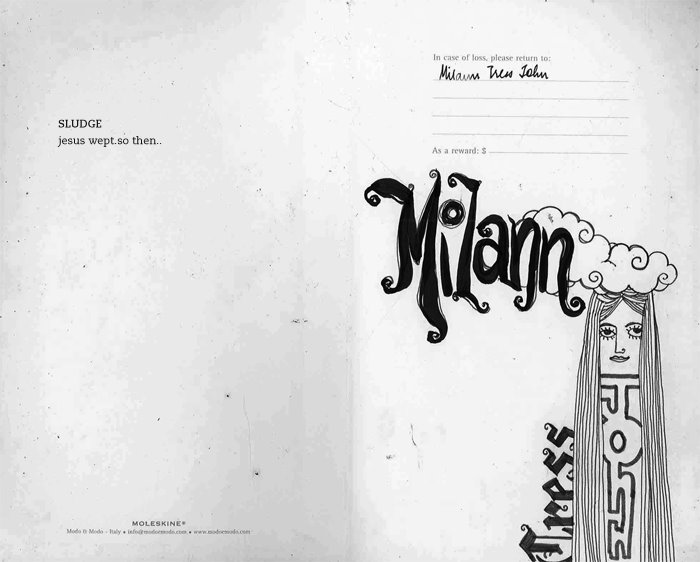It's about the Bonobo. It's one of the 4 great apes along with the orangutan,chimpanzee and gorilla...only the least researched...can you believe the species were given their name only in 1954?! And the researchers couldn't work in the field till 1972 because of the war in Congo!
Here are some excerpts from Ian's visit to Congo...this guy can get really funny at times,I wish all my school readers were written like this..(!)..
 "Live bonobos had already been seen outside Congo, but they, too, had been misidentified as chimps. At the turn of the century, the Antwerp zoo held at least one. Robert Yerkes, a founder of modern primatology, briefly owned a bonobo. In 1923, he bought two young apes, and called one Chim and the other Panzee. In “Almost Human,” published two years later, he noted that they looked and behaved quite differently. Panzee was timid, dumb, and foul-tempered. “Her resentment and anger were readily aroused and she was quick to give them expression with hands and teeth,” Yerkes wrote. Chim was a joy: equable and eager for new experiences. “Seldom daunted, he treated the mysteries of life as philosophically as any man.” Moreover, he was a “genius.” Yerkes’s description, coupled with later study of Chim’s remains, made it plain that he was Pan paniscus: bonobos had a good reputation even before they had a name. (Panzee was a chimpanzee; but, in defense of that species, her peevishness was probably connected to a tuberculosis infection.) Chim died in 1924, before his species was recognized.
"Live bonobos had already been seen outside Congo, but they, too, had been misidentified as chimps. At the turn of the century, the Antwerp zoo held at least one. Robert Yerkes, a founder of modern primatology, briefly owned a bonobo. In 1923, he bought two young apes, and called one Chim and the other Panzee. In “Almost Human,” published two years later, he noted that they looked and behaved quite differently. Panzee was timid, dumb, and foul-tempered. “Her resentment and anger were readily aroused and she was quick to give them expression with hands and teeth,” Yerkes wrote. Chim was a joy: equable and eager for new experiences. “Seldom daunted, he treated the mysteries of life as philosophically as any man.” Moreover, he was a “genius.” Yerkes’s description, coupled with later study of Chim’s remains, made it plain that he was Pan paniscus: bonobos had a good reputation even before they had a name. (Panzee was a chimpanzee; but, in defense of that species, her peevishness was probably connected to a tuberculosis infection.) Chim died in 1924, before his species was recognized.For decades, “pygmy chimpanzee” remained the common term for these apes, even after “bonobo” was first proposed, in a 1954 paper by Eduard Tratz, an Austrian zoologist, and Heinz Heck, the director of the Munich zoo. (They suggested, incorrectly, that “bonobo” was an indigenous word; they may have been led astray by Bolobo, a town on the south bank of the Congo River. In the area where Hohmann works, the species is called edza.) In the thirties, that zoo had three members of Pan paniscus, and Heck and Tratz had studied them. By the time their paper, the first based on detailed observations of bonobo behavior, was published, the specimens were dead, allegedly killed by stress during Allied air raids. (The deaths have been cited as evidence of a bonobo’s innate sensitivity; the zoo’s brute chimpanzees survived.) As Frans de Waal has noted, Heck and Tratz’s pioneering insights—they wrote that bonobos were less violent than chimps, for example—did not become general scientific knowledge, and had to be rediscovered."
"......When a researcher has access to a species about which little is known, and whose every gesture seems to echo a human gesture, and whose eyes meet a human gaze, there is a temptation simply to stare, until you have seen enough to tell a story. That is how Hohmann judged the work of Dian Fossey, who made long-term observations of gorillas in Rwanda, and the work of Jane Goodall, at least at the start of her career. “They lived with the apes and for the apes,” he said. “It was ‘Let’s see what I’m going to get. I enjoy it anyway, so whatever I get is fine.’ ” And this is how Hohmann regarded the Japanese researchers, for all their perseverance. The Wamba site had produced a lot of data on social and sexual relations, and Kano published a book about bonobos, which concluded with the suggestion that bonobos illuminated the evolution of human love. But “what the Japanese produced was not really satisfying,” Hohmann said. “It was narrative and descriptive. They are not setting out with a question. They want to understand bonobos.” Moreover, the Japanese initially lured bonobos with food, as Goodall had lured chimpanzees. This was more than habituation. At Wamba, bonobos ate sugarcane at a field planted for them. The primatological term is “provisioning”; Hohmann calls it opening a restaurant. (As an example of the possibly distorting impact of provisioning, Hohmann noted that the Wamba females had far shorter intervals between births than those at Lomako.)..."....
...while we're here you might want to look up Frans Lanting's(Nat Geo ace photographer) coverage of the Evolution of Life through his photographs here..:), the picture above of the elusive Bonobo is also his...
I now have a new thing to add to my wish list :) : I must hang around bonobos in Congo for awhile.

No comments:
Post a Comment